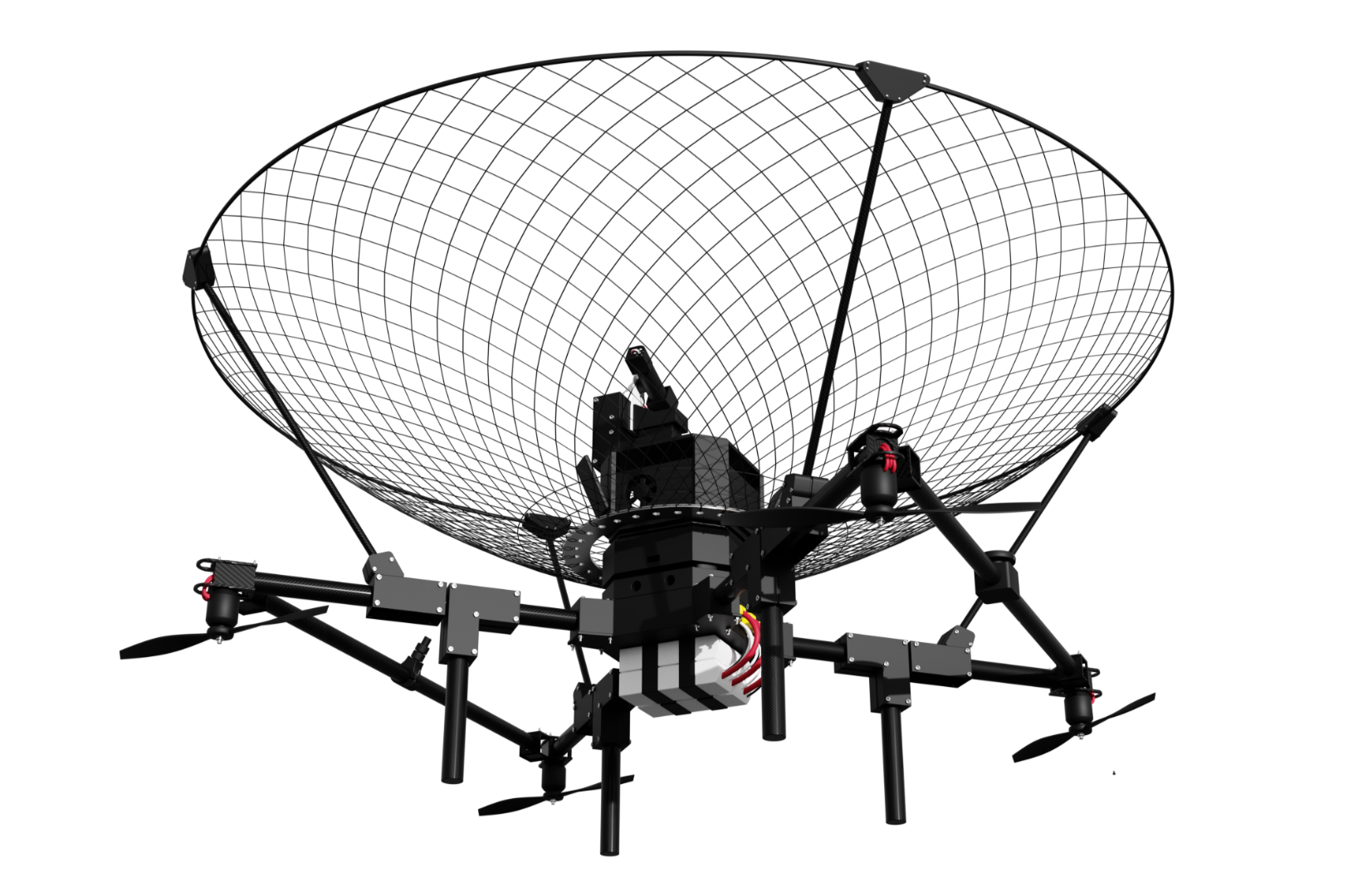
P.D.A.R:
Passive RF Detection
KEY FEATURES
Detecting signal sources up to a range of 10km
Low power consumption requiring only a 10/100 Ethernet and 15 Watts of PoE (Power over Ethernet) power to operate
Detection of radio signals from 70MHz -6GHz when paired with an appropriately sized antenna array
Decodes OcuSync Drone ID packets to determine real-time pilot, uncrewed aerial vehicle (UAV), and launch locations of popular consumer drones, along with the UAV type and serial number, which can prove helpful should enforcement be required
Multi-channel RF detection and analysis
Passive RF Detection and Reconnaissance (PDAR) sensors are state-of-the-art technology for identifying and locating unwanted UAV (uncrewed aerial vehicle) activity. These sensors employ various methodologies, including signal analysis and radio signal origin determination, to detect and pinpoint the location of UAVs.
The PDAR sensors are equipped with integrated processing units, FPGAs, and CPUs that process the signals covering a range of up to 10km. Additionally, the PDAR can decode OcuSync Drone ID packets to determine real-time pilot, uncrewed aerial vehicle (UAV), and launch locations of popular consumer drones, along with the UAV type and serial number, which can prove helpful should enforcement be required. The algorithms at the sensor's core can work across any frequency range within the software-defined radios (SDRs) operational range, allowing for the detection of radio signals from 70mhz to 6ghz when paired with an appropriately sized antenna array.
The PDAR sensors' power and communications are supplied via PoE (Power over Ethernet), requiring only 15 Watts of power and 10/100 ethernet link speeds to operate. The PDAR operates completely silently with a passive cooling solution.
PDAR is typically deployed in a mesh configuration. However, if situational requirements call for it, PDAR can work as a stand-alone surveillance and security sensor when directly linked to Zeus, the central hub of our tactical air-picture system. Through Zeus, operators can access real-time data to effectively target, track and classify a potentially hostile drone or other unidentified airborne activity with absolute confidence and precision. The PDAR's advanced capabilities make it an invaluable tool for surveillance and security operations requiring the highest accuracy and reliability levels.
TECHNICAL DATA
Power Requirement
802.3AF/AT Compliant POE
Power Options:
Renewable, solar-powered, off-grid option available
Data Interface Options
RJ45 (10/100/1000)
RF Detection Range
2.39 - 2.51 GHz / 5.2 - 5.25 GHz / 5.71 - 5.89GHz
(capable from 70MHz -6GHz with a different antenna array)

AIR SECURITY ECOSYSTEM
Passive RF direction finding with over 5km range and multiple target detection capability.
AI-powered autonomous camera tracking system with integrated identification and classification.
Counter-drone system on your smartphone. Relay real-time images and location data to Zeus Control.
Passive acoustic direction finding with integrated AI threat identification and classification.
ZEUS CONTROL: C2 Central System
The Zeus 'Command and Control' C2 interface gathers data from multiple sources, including imagery, video, passive RF, and acoustics, then presents the data to the operator in a clear graphical format, providing operators with a seamless user experience and considerably reducing the potential for false positives through correlative validation.
ORION: Autonomous Drone Defeat System
Once a threat has been identified and you are satisfied that appropriate measures must be taken, Orion can be autonomously deployed directly from the Zeus interface. Orion plots a path to fly underneath the target for a successful soft-kill intercept.

Would you like more information?
Would you like further details on LiveLink Aerospace? We're here to answer any questions you may have. Please fill out the contact form, and a member of the team will get back to you as soon as possible.










